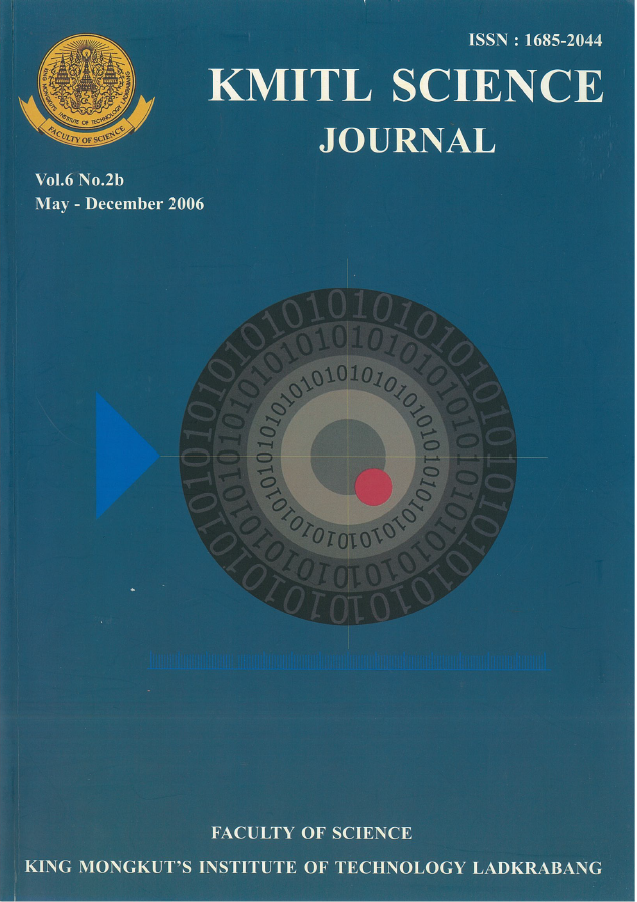According to highly competitive business, the production of high quality products at the lowest coast becomes the most important business strategy. In this case study of a hair conditioner process, the deviation of hair conditioner viscosity leads to product loss of about US$ 100,000 in 2004. The highest standard deviation of the product viscosity was 4,217 cP corresponding to the defect per million opportunities (DPMO) of the process of 532,230. A Cause and Effect diagram was used to detect the potential causes; subsequently the Minitab program was applied to pinpoint the significant parameters. The analytical results indicate that six parameters, which are quantities of chlorinated water and chilled water, melting time of fatty alcohols, cooling period after adding chilled water, times used for adjusting the temperature of chilled water and for adding the additives, play significant effect on the deviation of hair conditioner viscosity.
Keywords: Viscosity, regression analysis, Minitab program, Cause and Effect diagram
Corresponding author: E-mail: kwanchal@kmitl.ac.th
Lothongkum*, A. W. ., Phaiboonsilpa, N. ., Seangkiatiyuth, K. ., Tanprasert, P. ., & Rojdamrongkarn, S. . (2018). Significant Parameters on the Deviation of Hair Conditioner Viscosity: Part I. Regression Analysis by the Minitab Program. CURRENT APPLIED SCIENCE AND TECHNOLOGY, 599-606.

https://cast.kmitl.ac.th/articles/150014